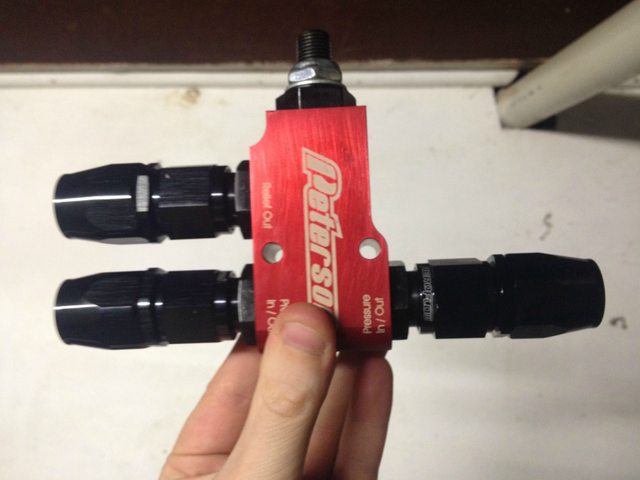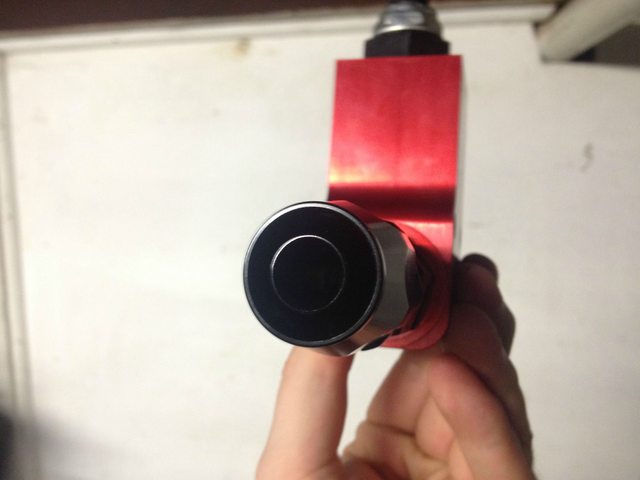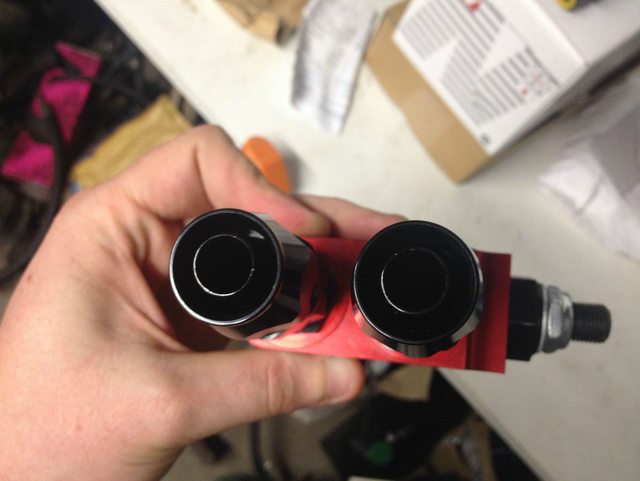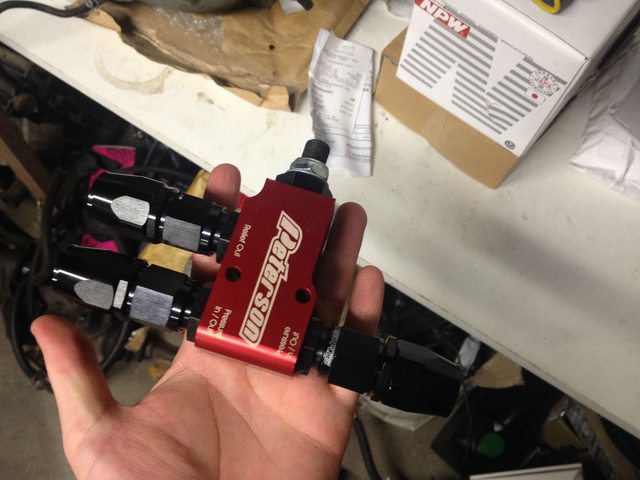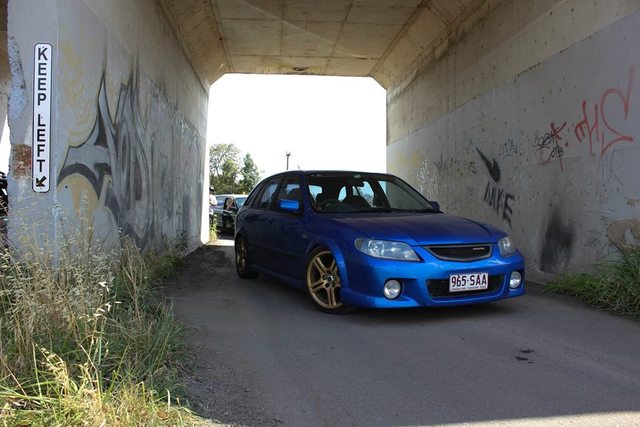OK so ive been quite slack with updating this and taking photos.
This has mostly been to the rushed nature it was to get the car back on the road in readiness for Christmas, and after that the frustration at the various hurdles that have cropped. First a recounting of the narrative up to this moment.
In november the car was taken off the road, for the engine swap. As per normal there were a few issues that arose that were easily transversed but soaked up their fair share of valuable time. The engine did however come out quite easily, 2-3 nights of work (working till sundown (~2 hrs).
http://imageshack.com/a/url593/5065/xzpj.jpg
The gearbox was then taken to a gearbox mechanic to have the gearbox serviced while it was out. While it was there the synchros were sanded back smooth, third gear was fixed, the stock diff replaced with my Mfactory LSD, new seals and bearings. The box was also painted silver and has come up really nice.
Unfortunatley once the box was back there were a few hold ups. From the states I required my MSP Oil Cooler, Thermostat, Thermostat gaskets and water lines for the MSP kit. New heater hoses were also installed due to the age of the hoses and how much of a PITA they are to install when the engines in the car.
http://imageshack.com/a/url690/7536/oita.jpg
http://imageshack.com/a/url812/9168/vxbt.jpg
The engine and gearbox were finally assembled and together in middle of December last year. It took a day to prep and install the engine IIRC. This was done farily easily. Problems arose when we went to start the car, was quite scary at the time. The engine woild turn over but failed to start. Quickly discovered that when the shop redid the timing after fixing the head from the snapped bolt incident that the cams were 180 degrees out. After many a frustrations with retiming the engine. The car started started only for seconds later for the oil filter to pop its seal causing oil to spray everywhere in the engine bay. At this point I was frankly stumped, I mean what reason would it have to do this. Everything had been double chacked to ensure that it was hookedup, tried various settings on the PRV. In the end i pulled apart the PRV in hope of finding out how it worked and in the end finding a solution to the problem as the oil filter was clearly receiving too much pressure. Only to discover that in the months that had passed the PRV had surface rust on the piston that is used to relieve pressure. As the unit was seized it wasnt bleeding pressure off sending it all to the Oil filter and popping the seal. Cleaned it up with some 1200 grit. Lubed it with some oil and ressammbled. Problem solved.
The second issue we faced after this is that the engine wouldnt idle. Not even hunt and die. Just full on, revs drop and engine would die straight away. This combined with the AFRs we were seeing meant that I bit the bullet and decided to get the Adaptronic installed and tuned early.
I booked it in with a local shop whom had experience working on these ecus on Lotus Elises. Initially it was thought to only take a couple of days. However, there were various complications along the way. Some I think could have been avoided, others I think I was lucky to have had it with a garage. Unfortunatley the work around that many utilise to keep the stock alternator when going aftermarkte doesnt seem to work with the Aussie cars/ adaptronic. As such a 626 alternator was purchased and installed. They've done a really neat job which is nice. Can't even tell which I'm extremely happy with.
The end result of the tune is that the adaptronic controls everything but the dash. Fans etc etc. I finally got the car back on wednesday this week. There are a few issues which I've been working on since then, weather unfortunatley hasnt been on my side (its been sunny for like 2 months, soon as i get car back down it comes (not happy)):
- Oil leak from around the pump. **** of a job to fix. Extractors, oil sump, mbsp, timing belt, crank wheel all need to come off to reseal the Oil Pump.
- Gearbox Diff Seals - By the time i got the car home we had to push it into the drive way. Car wouldnt go into first in his street.
- Oil Leak from around sump. Bolt missing. Added bolt all fixed.
In the end I made 171?whp after dynojet correctsions applied to the below dyno chart. Interesting thing is that this all occurs before 7k rpm. Anyone wanna help me with why the car drops off before 7k? Is it lack of head flow (i.e. head related)? Or cams? I know that im not running a hell of a lot of timing. (Tuner was adding 12-24 degrees with no response? Thoughts?).
http://imageshack.com/a/url829/7645/bvjv.jpg
List of things to tidy up:
- Engine Bay Degrease
- Engine Bay Brackets Cleaning
- Fix the battery relocation so that it uses wingnuts and bolts instead of screws.
Would like to thank Mad Mat, Phildough and TheMAN for all there help. Couldnt have done it without you guys


